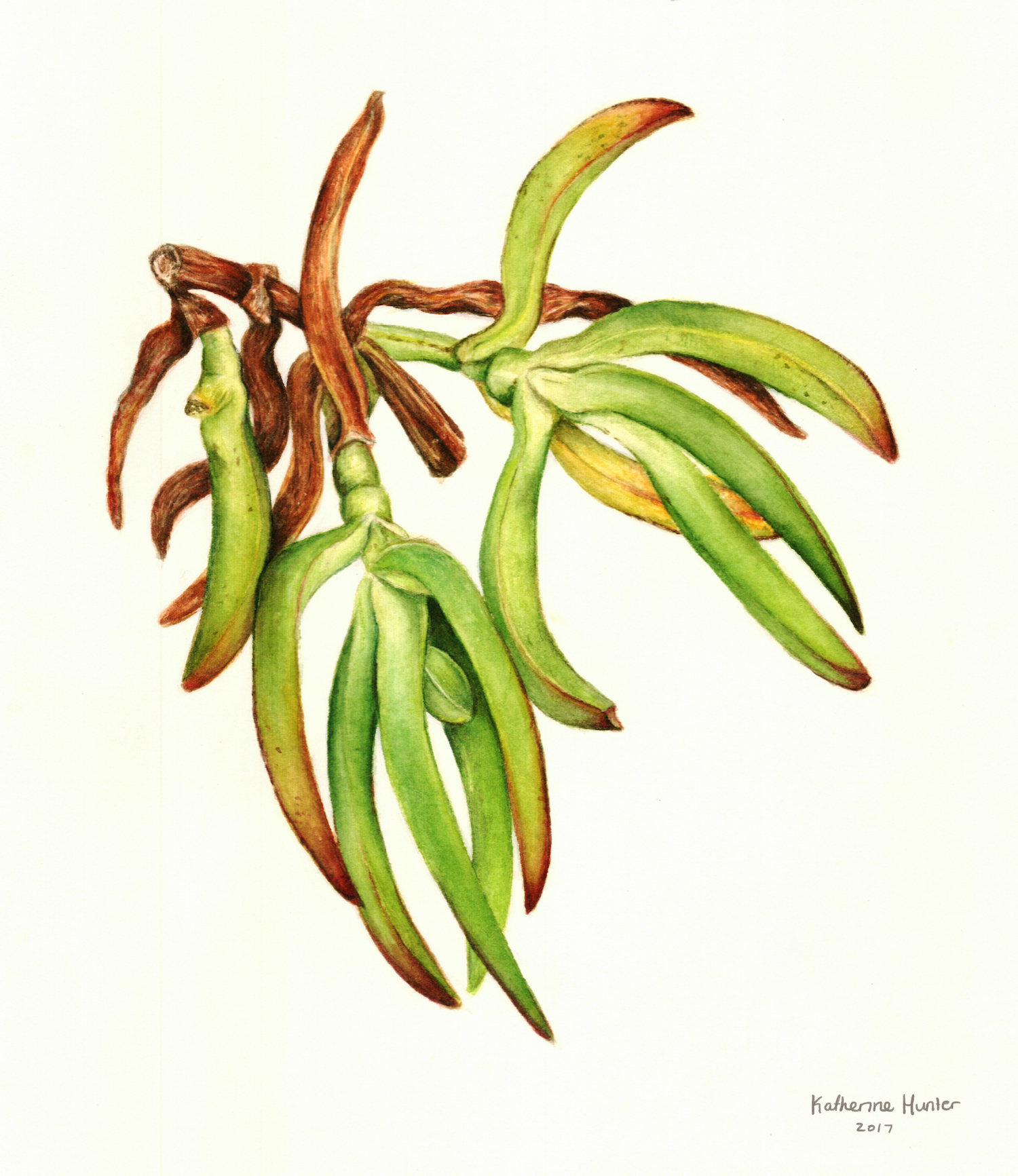Botanical scientific illustration is where art and science meet. It is the style of hyper-realistic or graphical drawing where a plant is studied, usually from life, viewed from all angles and often taken apart to explain the most important functions or features of the subject. While there are different styles of botanical illustration, these paintings or drawings are often highly aesthetic, usually using watercolour, graphite, or colour pencils—digital mediums are also used. In recent years, with the design world making trends out of what is now considered “retro” and “vintage” (think Y2K), scientific illustrations have made a major comeback as part of this vintage trend.
The process of creating these artworks is time consuming—there is an intense focus on detail. At the same time, when one is working with a live subject, it becomes a race against the time to capture the subject before the flowers wilt, the stem goes flaccid, or the leaves turn brown. Using a photograph as a reference renders the subject two-dimensional, which can make the shape and colour more difficult to study accurately. During the creation process, great care is taken to use quality watercolour paint as well as archival cotton paper—it’s not simply a white sheet to a professional artist.
During my scientific illustration course I became a master of colour theory—the lecturer only permitted the use of red, blue, and yellow (two shades of each) to mix all the colours one needed, black included.
My love for botanical art has always existed, in a sense, as a child collecting flowers and pressing them between papers, storing an assortment of stones, shells, and seed pods on my window sill and, later, spending time studying school biology textbooks more than necessary because plants intrigued me endlessly.
Plants do naturally what humans can’t, at least not without the proper tools—they form perfect patterns, following design concepts like the Fibonacci sequence (in design referred to as the Golden Ratio). They also have the power to transform any drab setting into a feature space, which is why many interior designers include plants when they arrange spaces for photoshoots.



Katherine is a Namibian illustrator, graphic designer and writer. Katherine’s work explores how art and writing can push back against the world that we live in, especially by capturing details and creating narratives without clear answers. In 2022, Katherine’s artwork was shortlisted for the Doek Literary Awards. You can view more of her work at https://www.behance.net/katherine_hunter